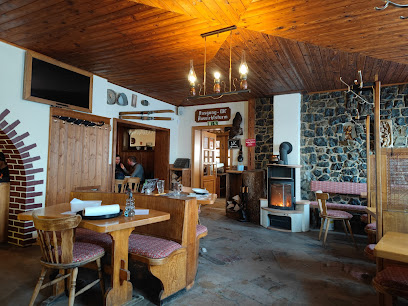
UNESCO World Heritage in the Harz
Explore the UNESCO World Heritage site in the Harz Mountains: Discover Goslar's medieval charm, delve into the Rammelsberg Mine, and marvel at the Upper Harz Water Management System.
The UNESCO World Heritage site in the Harz encompasses the Rammelsberg Mine, the Old Town of Goslar, and the Upper Harz Water Management System, a testament to over 3,000 years of mining history. Goslar itself, a charming town nestled on the Harz Mountains' edge, boasts over 1,500 well-preserved half-timbered houses, a legacy of its wealth derived from the Rammelsberg mines. Visitors can explore the historic town hall, wander through cobblestone streets, and delve into the region's rich mining heritage. The Rammelsberg Mine, a museum and visitor mine, offers a unique glimpse into the evolution of mining techniques. The Upper Harz Water Management System, an ingenious network of reservoirs, ditches and waterways, showcases pre-industrial energy solutions. Together, these sites offer a captivating journey through history, technology, and the enduring impact of human ingenuity on the landscape.
A brief summary to UNESCO in the Harz
- Bergtal 19, Goslar, 38640, DE
- +495321750114
- Visit website
Local tips
- Wear sturdy shoes for exploring the Rammelsberg Mine, as the underground tours involve walking on uneven surfaces.
- Purchase the Harz Card for free admission to many attractions in the region, including the Rammelsberg Mine and other museums.
- Take a guided tour of Goslar's Old Town to learn about the history and architecture of the city.
- Explore the Upper Harz Water Management System by hiking or biking along the well-maintained trails.
- Check the event calendar for special events and festivals in Goslar and the surrounding region.
Getting There
-
Public Transport
From Goslar train station, take bus line 803 towards the Rammelsberg mining museum ('Bergbaumuseum'). The bus stop is located right next to the train station. The ride takes approximately 15 minutes. Check local schedules for current times. A single ticket costs around €3.00. Alternatively, with the Harz holiday ticket (HATIX), bus travel is free within the Goslar district.
-
Driving
From the center of Goslar, follow signs for Rammelsberg. The museum is located at Bergtal 19. Free parking is available near the museum facilities. Be aware that parking can be limited during peak season. From Clausthal-Zellerfeld, follow B241 to Goslar, then turn right onto Rammelberger Straße.
-
Taxi/Ride-Share
A taxi or ride-share from Goslar train station to the Rammelsberg Museum will cost approximately €10-€15, depending on traffic. The journey takes about 10-15 minutes.
Discover more about UNESCO in the Harz
Iconic landmarks you can’t miss
UNESCO in the Harz
0.0 km
Explore the UNESCO World Heritage site in the Harz Mountains: Discover Goslar's medieval charm, delve into the Rammelsberg Mine, and marvel at the Upper Harz Water Management System.
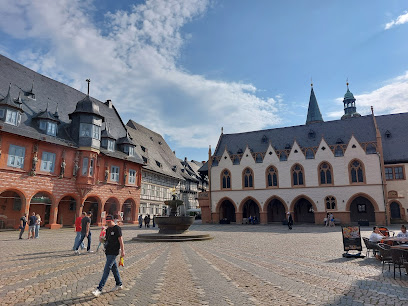
Rammelsberg
1.2 km
Discover the breathtaking beauty and rich history of Rammelsberg Mountain Peak near Goslar, a UNESCO World Heritage site perfect for adventure and exploration.
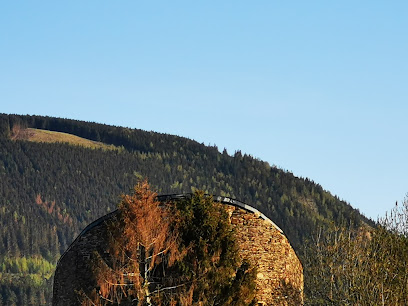
Königsberg
2.3 km
Discover Königsberg near Goslar: Hike scenic trails, explore the historic site of Königsberg Sanatorium, and immerse yourself in the Harz region's natural beauty.
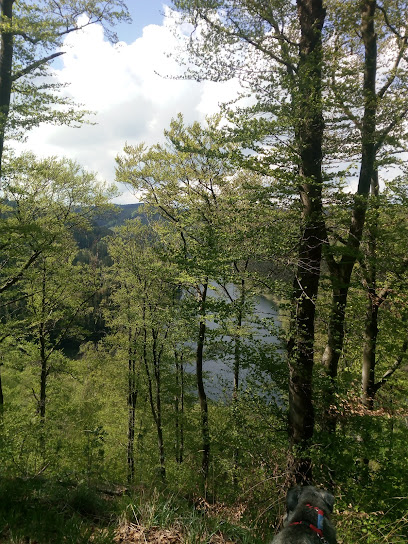
Das Breite Tor
2.6 km
Discover the Breite Tor, a stunning medieval gate in Goslar, a UNESCO World Heritage Site, offering rich history and beautiful surroundings.
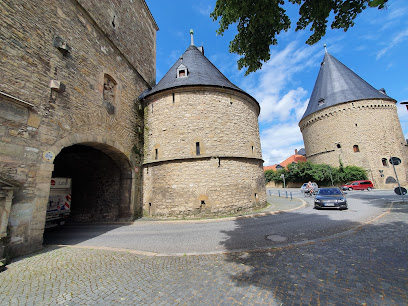
Verlobungsinsel in der Oker HWN 116
4.5 km
Discover the enchanting Verlobungsinsel in the Oker Valley, a romantic island escape surrounded by stunning natural beauty, perfect for hikers, nature lovers, and those seeking tranquility.
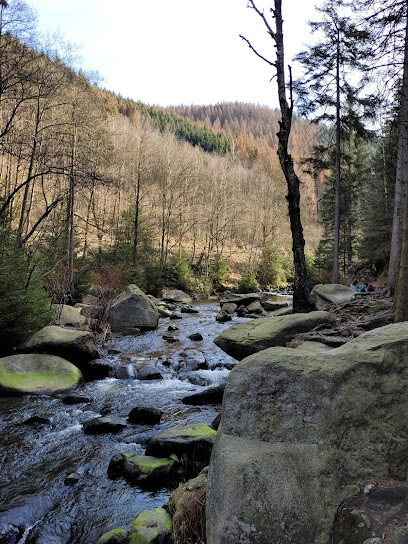
Feigenbaumklippe
5.1 km
Discover panoramic views and geological wonders at the Feigenbaumklippe in Bad Harzburg, a captivating granite rock formation in the heart of the Harz Mountains.
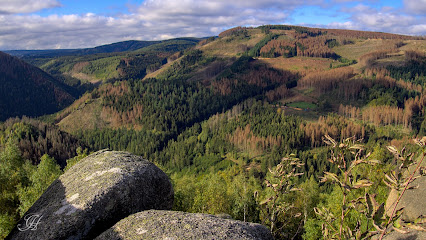
Wolfswarte
12.4 km
Discover panoramic views and a rich history at the Wolfswarte, a captivating quartzite rock formation in the heart of the Harz Mountains, perfect for hikers and nature enthusiasts.
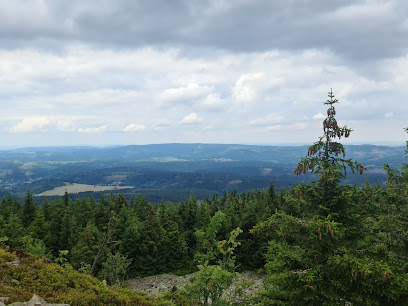
Nationalpark-Besucherzentrum TorfHaus
12.6 km
Discover the Harz National Park: Explore interactive exhibits, hike scenic trails, and immerse yourself in the wilderness from the TorfHaus Visitor Center, your gateway to adventure.
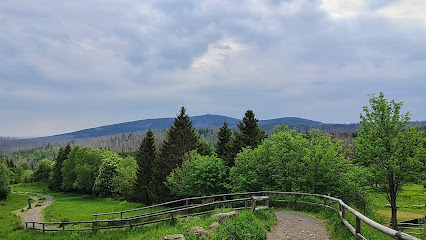
Luchsgehege - Beobachtungsplattform an der Rabenklippe
12.9 km
Observe reintroduced lynx in their natural habitat at the Luchsgehege near Rabenklippe, offering stunning views and hiking trails in the Harz National Park, a unique wildlife experience.
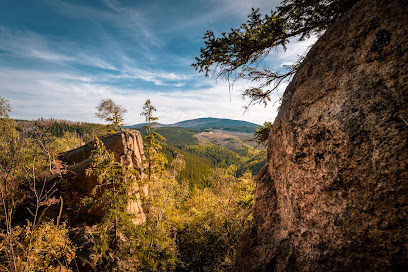
Harz Nature Park
14.4 km
Discover the untamed beauty of the Harz Nature Park: Hike through ancient forests, explore historic mining sites, and witness breathtaking views from the legendary Brocken peak.
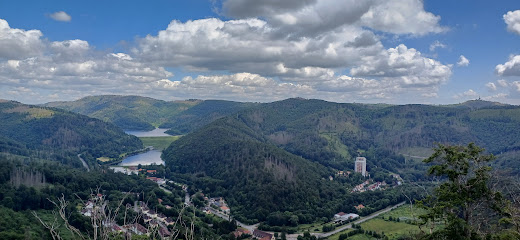
Brocken
16.8 km
Ascend to the legendary Brocken, the Harz Mountains' highest peak, and discover breathtaking views, captivating history, and enchanting folklore amidst a unique subalpine landscape.
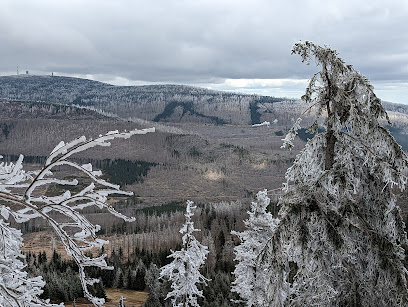
Ilsestein
17.5 km
Discover the legendary Ilsestein in the Harz Mountains: Hike to the summit for breathtaking views, explore its rich history, and immerse yourself in the beauty of the Ilse Valley.
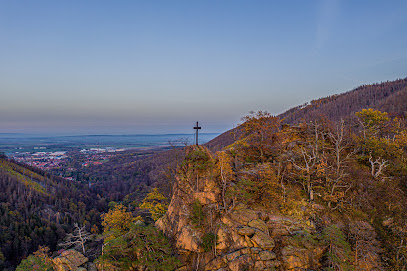
Hanskühnenburg
18.0 km
Experience panoramic views and hearty German cuisine at the Hanskühnenburg, a historic mountain hut nestled in the heart of the Harz National Park, perfect for hikers and nature lovers.
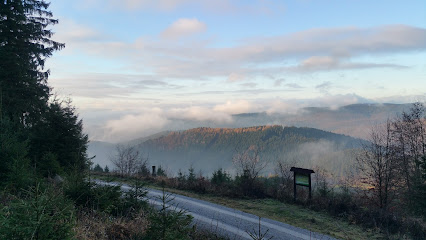
Eckerlochstieg (Brücke über Schwarzes Schluftwasser)
18.7 km
Discover the enchanting Eckerlochstieg bridge in Harz National Park: a scenic gateway to breathtaking hikes, lush forests, and the majestic Brocken peak.
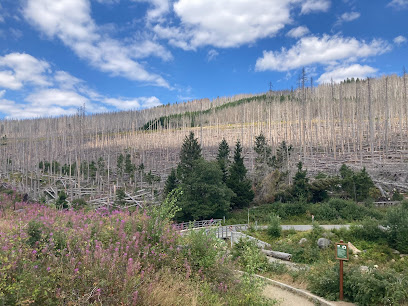
Urwaldstieg
18.9 km
Discover the untouched beauty of the Harz National Park on the Urwaldstieg, a short trail through a centuries-old primeval forest near Brocken mountain.
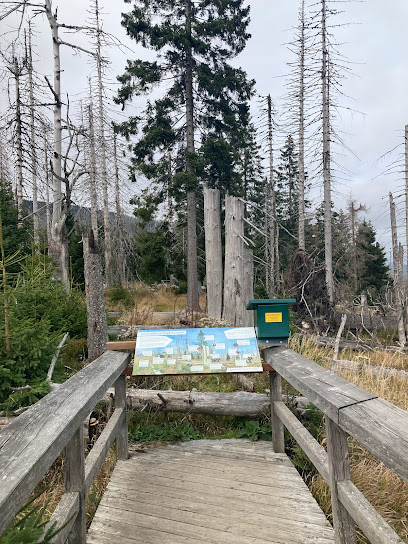
Unmissable attractions to see
Imperial Palace of Goslar
1.5 km
Explore the Imperial Palace of Goslar, a UNESCO World Heritage site that embodies the grandeur of medieval architecture and rich German history.

Wilhelm der Grosse / Reiterstandbild
1.6 km
Explore Wilhelm der Grosse in Goslar: A stunning equestrian statue symbolizing Germany's rich history and artistic elegance, set in a picturesque landscape.
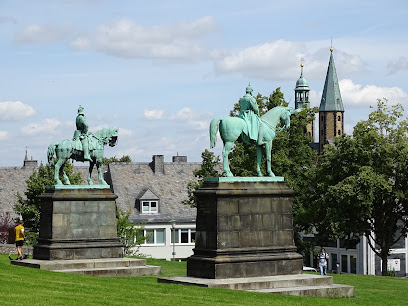
Siemenshaus
1.7 km
Explore the Siemenshaus in Goslar, a captivating museum showcasing the legacy of one of Germany's influential figures and its rich industrial history.

Market Square
1.9 km
Explore the enchanting Market Square in Goslar, a historical gem surrounded by stunning architecture and vibrant local culture.
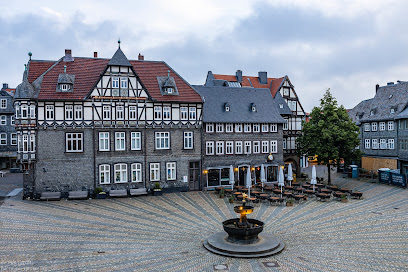
Steinbergturm
2.1 km
Experience breathtaking views and nature's tranquility at Steinbergturm in Goslar, Germany, a perfect blend of hiking and scenic observation.
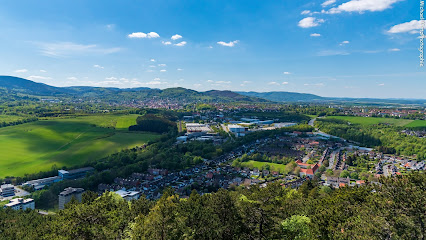
Romkerhaller Wasserfall
4.9 km
Discover the serene beauty of Romkerhaller Wasserfall in Goslar, a breathtaking waterfall surrounded by lush nature and picturesque trails.
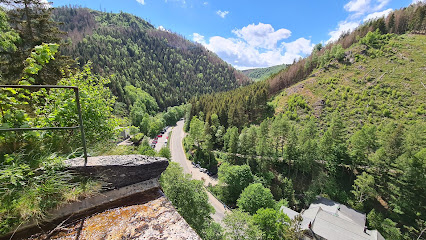
Okertalsperre
5.1 km
Explore the natural beauty of Okertalsperre, a serene reservoir in the Harz Mountains, perfect for hiking, cycling, and peaceful retreats.

Mausefalle
5.1 km
Explore the enchanting Mausefalle in Bad Harzburg, where nature's beauty meets rich local history, creating unforgettable experiences for every traveler.
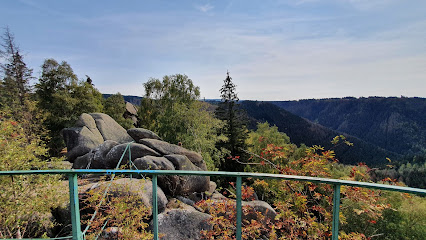
Erlebnisbocksberg Hahnenklee GmbH & Co. KG
6.3 km
Experience year-round excitement at Erlebnisbocksberg, the ultimate ski resort and amusement park in the heart of the Harz mountains.
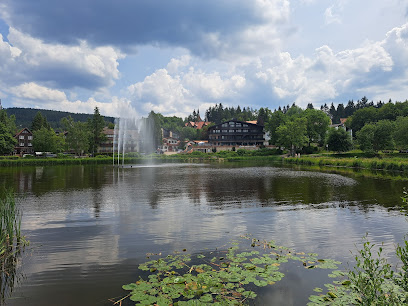
Östlicher Langenberg
7.2 km
Explore the breathtaking landscapes and serene trails of Östlicher Langenberg, a hidden gem for nature lovers near Bad Harzburg.
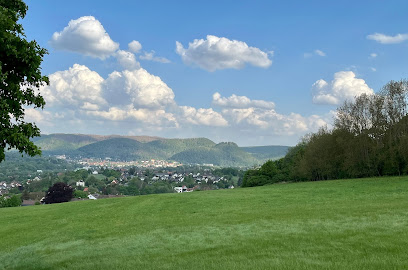
Harzburger Fenster
7.7 km
Experience breathtaking views and serene beauty at the Harzburger Fenster, a must-visit scenic spot in Goslar, Germany, surrounded by enchanting landscapes.
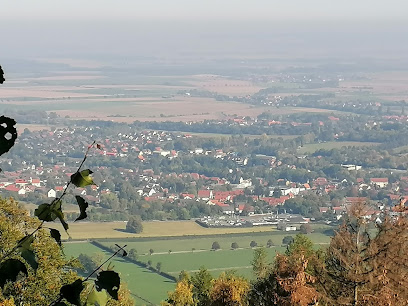
Radau Wasserfall
9.6 km
Experience the natural beauty of Radau Wasserfall in Bad Harzburg, a must-visit waterfall and hiking destination in the Harz Mountains.
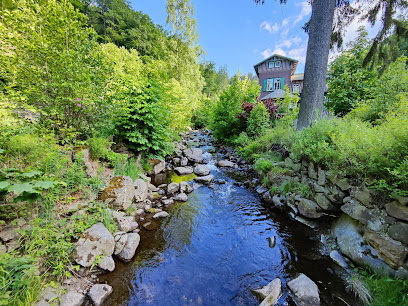
Wildkatzen-Erlebnispfad
9.7 km
Explore the Wildkatzen-Erlebnispfad in Bad Harzburg for an unforgettable adventure into the world of wildcats and scenic nature trails.
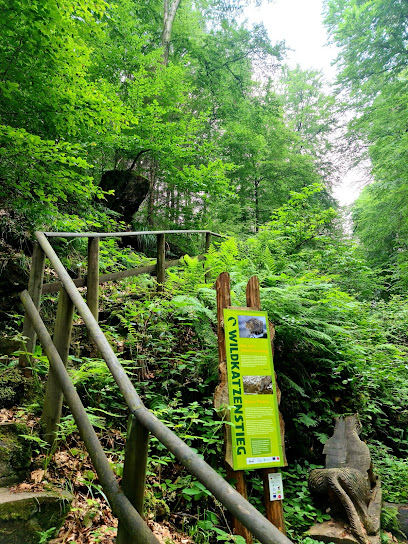
Upper Harz Mining Museum
9.9 km
Explore the fascinating history of mining at the Upper Harz Mining Museum, a cultural gem in the heart of the Harz Mountains.

House of nature
9.9 km
Explore the House of Nature in Bad Harzburg and immerse yourself in the stunning biodiversity of the Harz region.
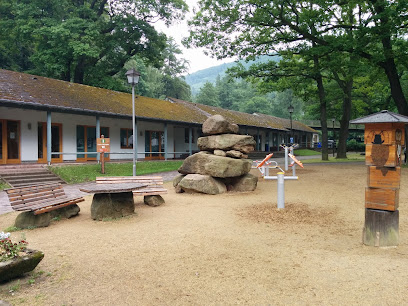
Essential places to dine
Radau-Waterfall
9.7 km
Experience nature's splendor at Radau Waterfall in Bad Harzburg – a stunning cascade surrounded by lush forests and scenic trails.
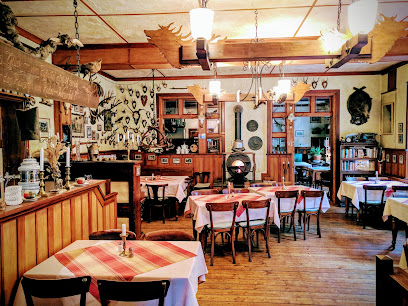
Klippen - Grill Inh. Matthias Biesel
10.0 km
Discover Klippen - Grill in Altenau for an unforgettable steakhouse experience amidst breathtaking Harz landscapes.
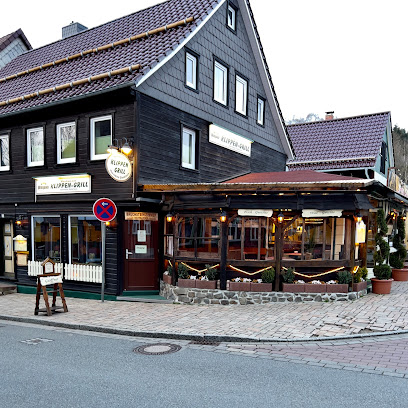
Molkenhaus Bad Harzburg
11.2 km
Discover exquisite regional cuisine at Molkenhaus Bad Harzburg, your perfect retreat in the scenic Harz mountains.
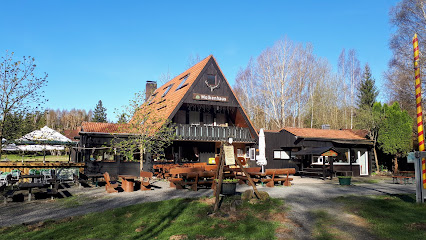
Klosterkrug Wöltingerode
11.2 km
Experience authentic German cuisine at Klosterkrug Wöltingerode amidst scenic landscapes and warm hospitality.
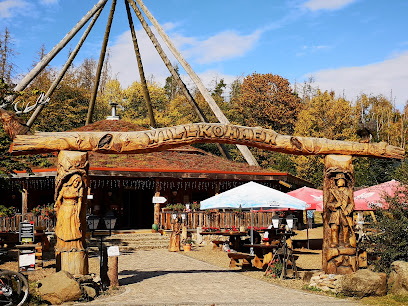
Bavaria Alm Torfhaus
12.6 km
Discover authentic Bavarian cuisine with stunning views at Bavaria Alm Torfhaus in Germany's beautiful Harz region.
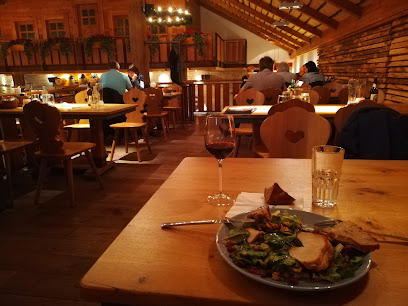
Waldgasthaus Rabenklippe
13.0 km
Discover culinary delights at Waldgasthaus Rabenklippe, where authentic German cuisine meets stunning natural beauty in Bad Harzburg.
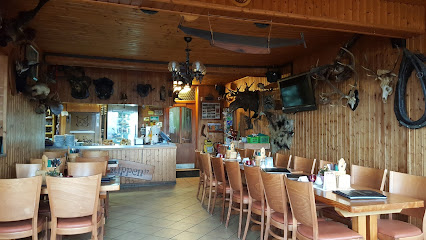
Restaurant Harzfenster
15.7 km
Discover the exquisite flavors of fine dining at Restaurant Harzfenster in Seesen, where local ingredients meet culinary artistry.

Touristensaal auf dem Brocken
16.7 km
Experience exquisite local cuisine while enjoying breathtaking views at Touristensaal auf dem Brocken atop Germany's highest peak.
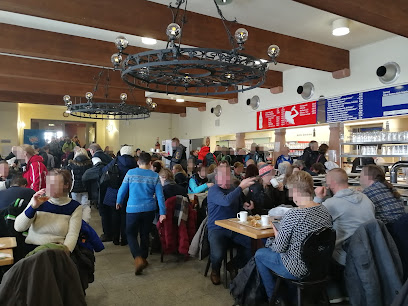
Nagelschmiede by Christian Meierding-Schmidt
17.9 km
Experience culinary excellence at Nagelschmiede by Christian Meierding-Schmidt in Ilsenburg - where tradition meets innovation in every bite.
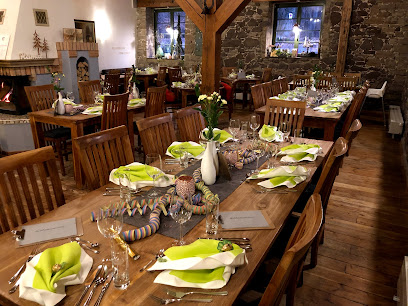
Waldgasthaus Plessenburg
18.2 km
Experience delightful German cuisine surrounded by breathtaking landscapes at Waldgasthaus Plessenburg in the Harz mountains.
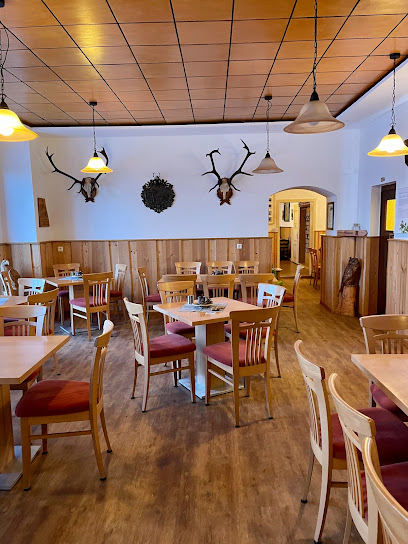
Erlebnisgastronomie im Restaurant Zur alten Harzstraße
18.8 km
Experience exceptional local cuisine and renowned steaks at Restaurant Zur alten Harzstraße in Osterode am Harz.
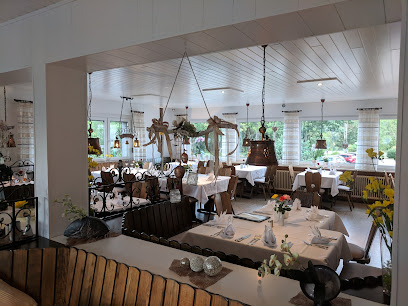
Nationalparkgaststätte Rehberger Grabenhaus
19.6 km
Experience authentic German cuisine surrounded by breathtaking landscapes at Nationalparkgaststätte Rehberger Grabenhaus in the Harz Mountains.
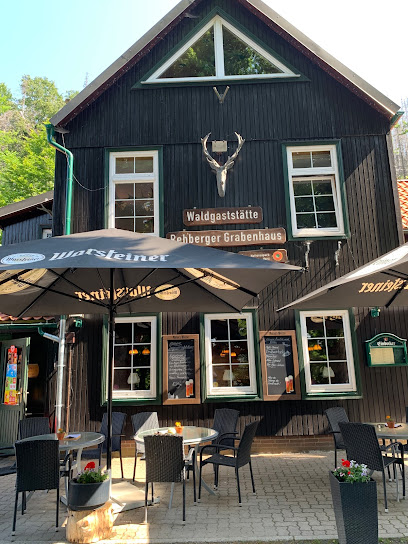
Hexenritt Schirmbar
21.0 km
Experience authentic Bavarian cuisine at Hexenritt Schirmbar – where nature meets tradition in Braunlage's beautiful landscape.
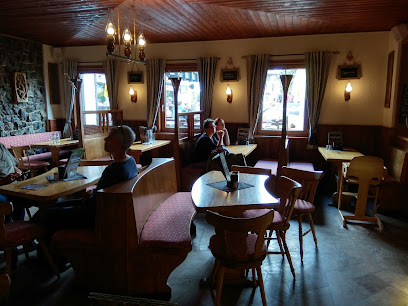
Hexenritt Alm
21.1 km
Discover Hexenritt Alm: A delightful restaurant offering traditional German cuisine and stunning mountain views in Braunlage.
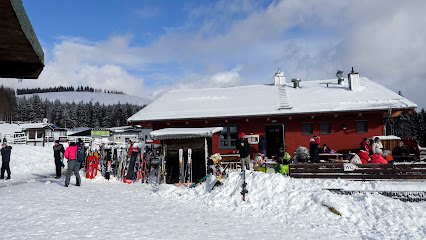
Café am Kurpark
21.6 km
Discover authentic German cuisine at Café am Kurpark in Wernigerode—your perfect spot for relaxation amidst beautiful park scenery.
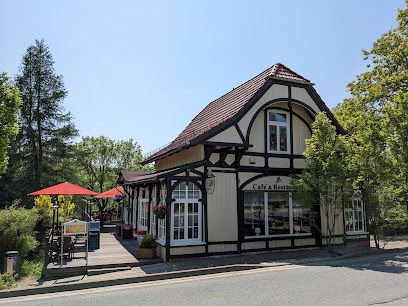
Markets, malls and hidden boutiques
Harz Tourism e. V.
1.8 km
Explore the wonders of the Harz region at Goslar's Tourist Information Center, your gateway to adventures and rich cultural experiences.
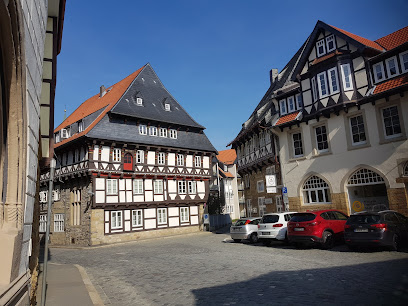
Or Mark Fashion Outlet
3.1 km
Experience exceptional fashion deals at Or Mark Fashion Outlet in Goslar, your ultimate destination for trendy clothing at unbeatable prices.

Outdoor-Concepts.de - Outdoor und Survival
8.5 km
Discover Outdoor-Concepts.de in Bad Harzburg, your one-stop shop for top-notch outdoor gear and expert advice for all your adventures.

Glasspielerei-Harz
9.9 km
Explore the captivating world of handcrafted glass at Glasspielerei-Harz in Clausthal-Zellerfeld, where tradition meets artistry in every piece.
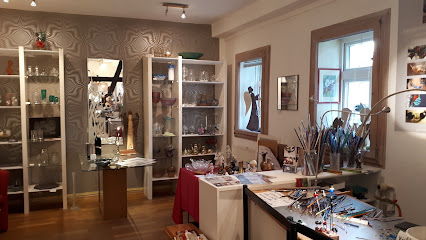
Waldschwimmbad Okerteich
10.6 km
Experience the serene beauty of Waldschwimmbad Okerteich, an outdoor swimming pool surrounded by breathtaking nature, perfect for relaxation and family fun.
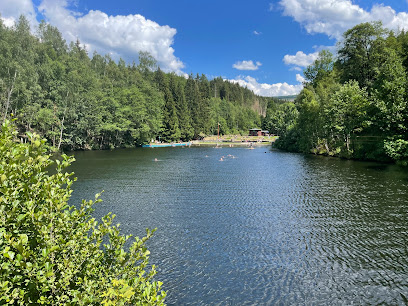
Harzturm GmbH
12.5 km
Experience breathtaking views and family-friendly fun at Harzturm GmbH, your destination in the heart of the Harz Mountains.
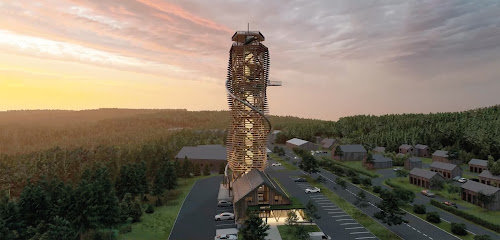
Globetrotter Equipment GmbH
12.6 km
Discover outdoor adventures at Globetrotter Equipment GmbH in Altenau - your one-stop shop for camping, skiing, and climbing gear.

Gründlich Sparen
15.3 km
Explore Gründlich Sparen in Bad Grund for unique gifts, clothing, and home goods reflecting local charm and creativity.
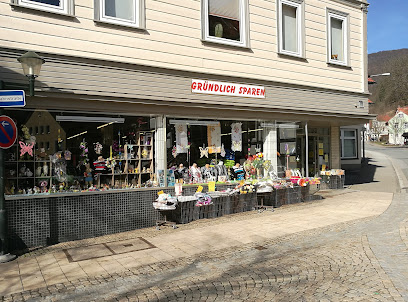
Harzkind – Der Shop
20.1 km
Explore Harzkind – Der Shop for authentic handcrafted goods and local delights that capture the spirit of Osterode am Harz.

HARZKIND GmbH
20.1 km
Explore HARZKIND GmbH in Osterode am Harz, where creativity meets digital innovation and marketing excellence.

Schierker Feuerstein Stammhaus
21.7 km
Explore the rich tradition of Schierker Feuerstein, a unique liqueur brand in the heart of the Harz Mountains, offering tours and charming accommodations.
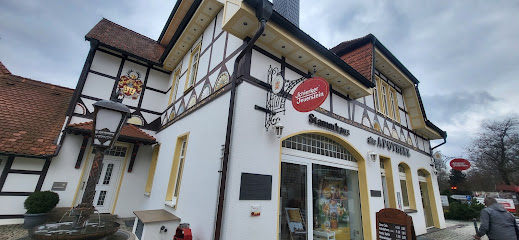
Harzspots GmbH
22.2 km
Explore the Harz Mountains with Harzspots GmbH: Your premier tourist information center in Wernigerode, Germany.
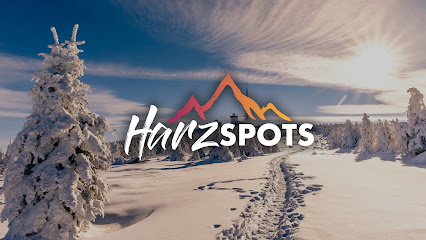
Harzer Spezialitäten & Brotzeitstube puppe‘s
22.2 km
Experience the authentic taste of the Harz region at Puppe’s, a delightful deli and bistro in Braunlage offering local specialties and souvenirs.
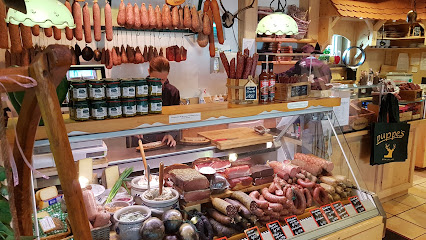
Ottos Sport & Tracht
22.2 km
Discover the charm of German traditions at Ottos Sport & Tracht, your go-to destination for authentic costumes and outdoor sports gear in Braunlage.
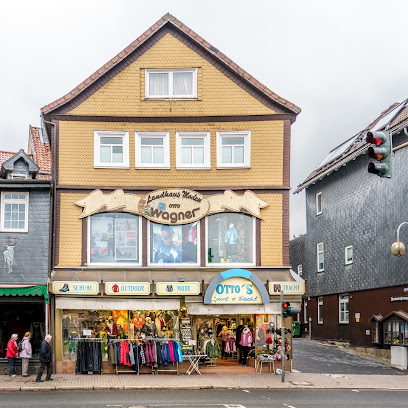
Harzsneaks
22.3 km
Discover unique styles and local flair at Harzsneaks, the premier clothing store in Braunlage, perfect for fashion-savvy tourists.

Essential bars & hidden hideouts
na und... die Musikkneipe
1.8 km
Discover the vibrant nightlife at Na und... die Musikkneipe, a lively pub in Goslar featuring live music and a welcoming atmosphere.
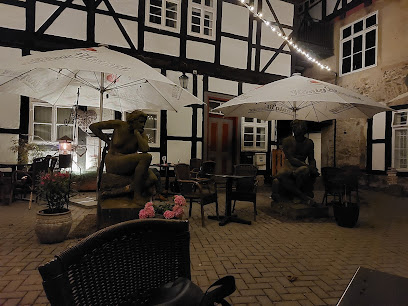
Dart Lounge An der Radau
8.4 km
Discover the vibrant Dart Lounge An der Radau in Bad Harzburg, where sports, drinks, and camaraderie create unforgettable moments.
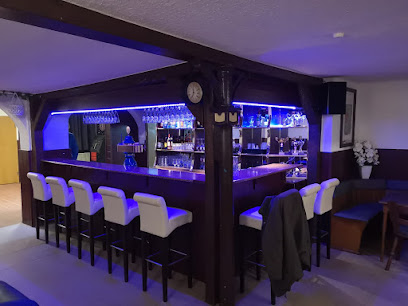
Kleine Kneipe
8.9 km
Experience the charm of Kleine Kneipe, a cozy bar in Bad Harzburg perfect for unwinding after exploring the beauty of the Harz Mountains.
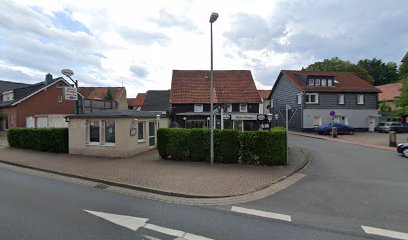
Wieder da
9.5 km
Discover the vibrant nightlife of Bad Harzburg at Wieder da, where great drinks, rock music, and a welcoming atmosphere await you.
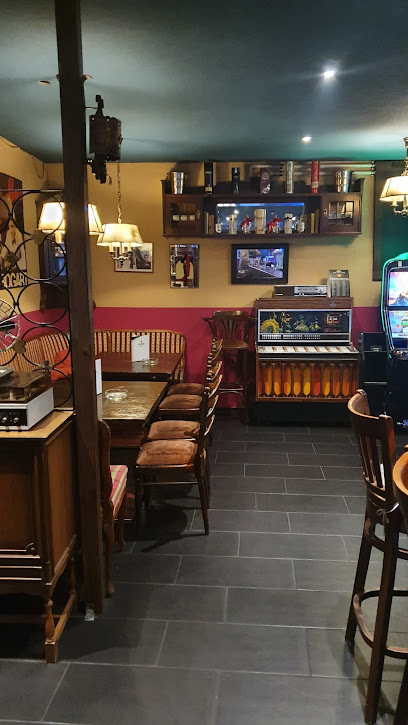
Blues Pub
9.6 km
Discover the heart of Bad Harzburg's nightlife at Blues Pub, where live music meets a cozy atmosphere and refreshing drinks await.
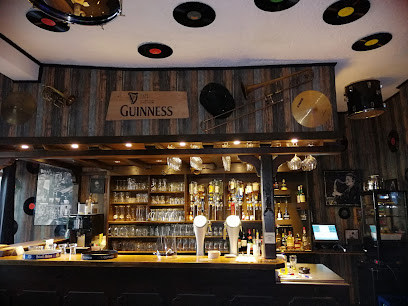
Bier-Comptoir
9.8 km
Experience the heart of Bad Harzburg at Bier-Comptoir, where local beers and hearty dishes come together in a vibrant gastropub setting.
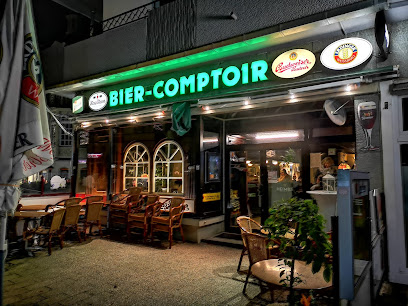
Weinbar Steigerbucht
9.9 km
Discover the warmth and elegance of Weinbar Steigerbucht, a top destination for wine lovers in Clausthal-Zellerfeld.
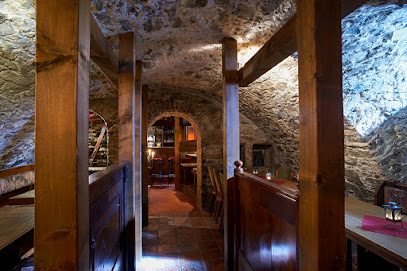
Altes Backhaus
10.1 km
Discover the authentic German pub experience at Altes Backhaus, a beloved local gem in Altenau, known for its cozy atmosphere and variety of drinks.
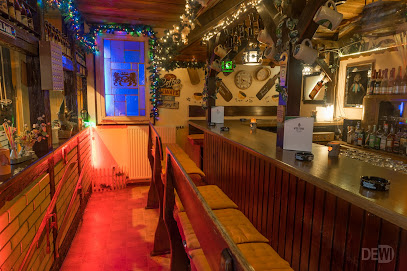
Baude
10.1 km
Experience the best of traditional German pub culture at Baude in Bad Harzburg, where great food and local brews await.
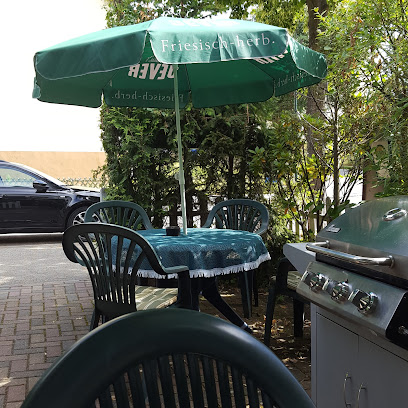
Worchs Terrasse
10.4 km
Discover Worchs Terrasse in Bad Harzburg, a charming bar offering a serene atmosphere, delightful drinks, and stunning views for an unforgettable experience.
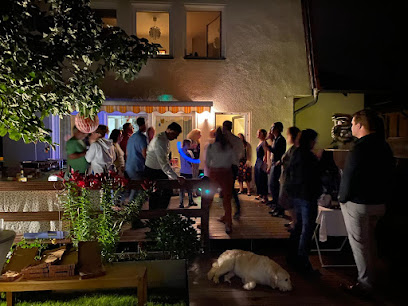
Kellerclub im StuZ e.V.
11.3 km
Discover the cultural heartbeat of Clausthal-Zellerfeld at Kellerclub im StuZ e.V., a lively pub and cocktail bar with a local flair.
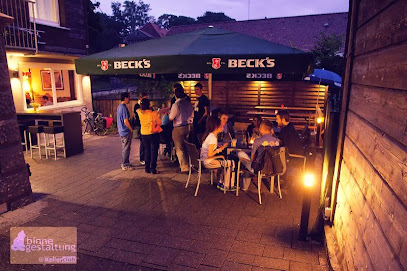
Anno Tobak
11.3 km
Discover Anno Tobak in Clausthal-Zellerfeld: a cozy pub and bistro offering delicious local cuisine and a warm atmosphere for all visitors.
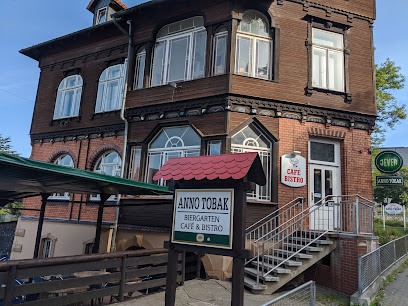
Kneipchen
18.0 km
Experience the charm of Kneipchen, a cozy pub in Ilsenburg, offering local brews and hearty meals for a delightful evening.
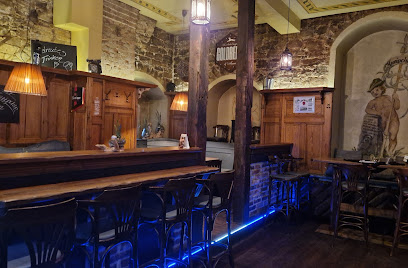
Waldgaststätte zur Kamelfichte
19.0 km
Experience authentic German cuisine and a charming beer garden in the heart of Braunlage's stunning natural landscape.

Schirmbar Hexenritt
21.1 km
Experience the charm of the mountains at Schirmbar Hexenritt, a cozy bar in Braunlage offering stunning views and a vibrant atmosphere.
